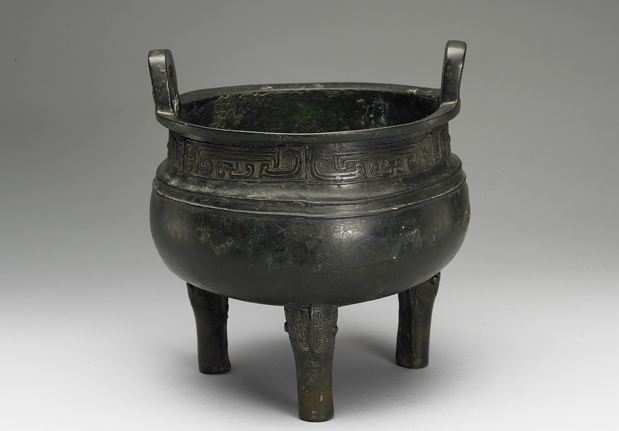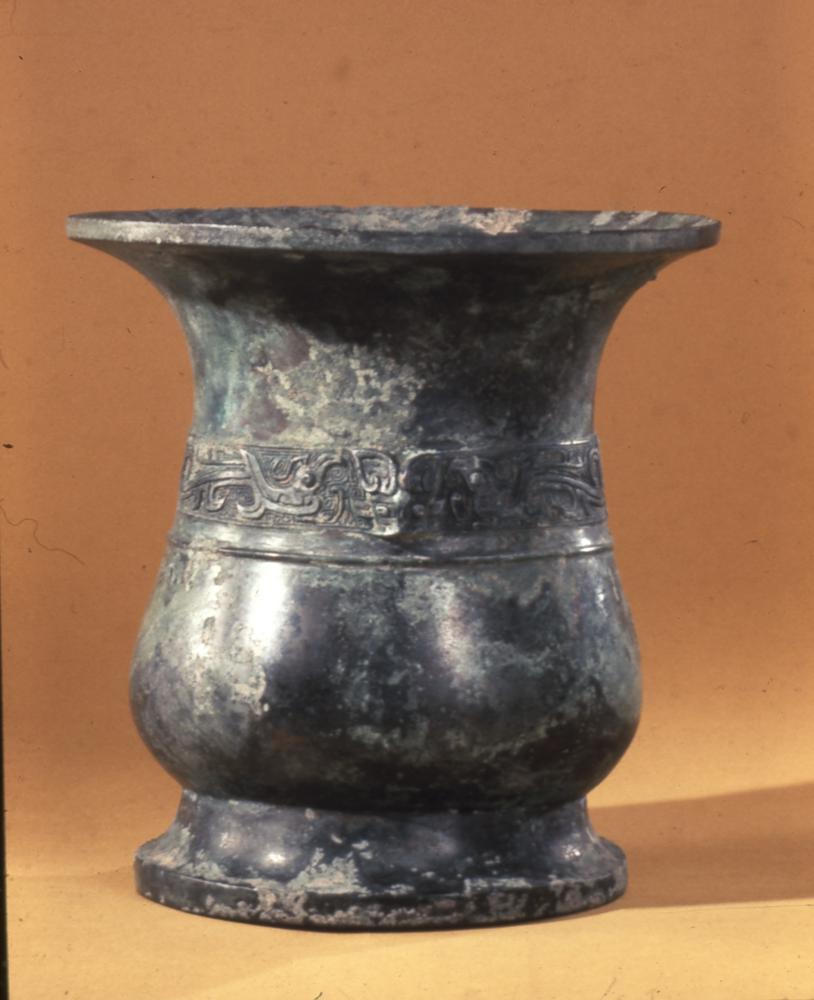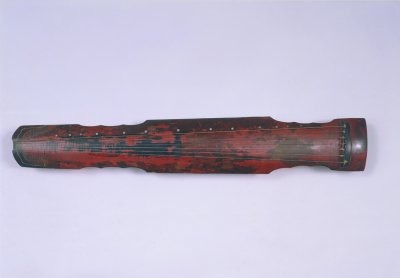Period:Unknown
Materials:metal, copper,
Technique:
Dimensions:Height: 14.50 centimetres Weight: 60 grammes Width: 7.90 centimetres Depth: 1.10 centimetres
Description:
Scissors made of metal, copper.
IMG
![图片[1]-scissors BM-As-Bs.65-China Archive](https://chinaarchive.net/Unknown/43/mid_01379828_001.jpg)
Comments:From acquisition “Yunnan”. The collector of this object was Carl Bock, a Norwegian naturalist who visited Siam and areas to the north of it from June or July 1881 until August 1882. His account of his travels was published in London in 1884 as Temples and Elephants: The Narrative of a Journey of Exploration Through Upper Siam and Lao (Sampson Low, Marston, Searle, & Rivington).Bock spent time in what is now central Thailand, including in Bangkok, the capital of Siam, and the towns of Paknam, Ayutthaya, Petchaburi, Ratchaburi, Kanchanaburi, Kamphaeng Phet and Tak (Raheng). He also travelled in today’s northern Thailand, visiting places along the Ping and Kok rivers including Lampang, Lamphun, Chiang Mai, Chiang Rai, Chiang Saen and Fang. In Bock’s book, he used the term “Lao” to refer to northern Thailand. This use of “Lao” differs from the contemporary understanding of “Lao.” In the late 19th century, Thailand, or Siam as it was then known, did not have the national borders which it has today. The so-called “Lao” area visited by Bock along the Ping and Kok rivers was the kingdom of Lanna, then a tributary of the kingdom of Siam. The Siamese in Bangkok referred to the land and people of Lanna as Lao even though the people of Lanna did not regard themselves as Lao. The dominant group in Lanna was the Tai Yuan. There were also various Shan, Karen and mountain peoples as well as Burmese and Chinese. The Siamese and Lanna languages were not mutually comprehensible. The Siamese government at Bangkok began to extend greater administrative control over Lanna beginning in about 1870, and Lanna was not fully absorbed into Siam until the turn of the century.Although Bock’s publication as well as the British Museum records of the late 19th century refer to many of Bock’s items as Lao, they are extremely unlikely to signify the Lao people and country as understood today. The items he describes as “Lao” are most likely to be from the Tai Yuan culture. Some also came from other groups living in the areas visited by Bock such as Shan, Karen and Lahu. Items from the Bock collection include those produced by these groups as well as by the Siamese (Thai).
Materials:metal, copper,
Technique:
Dimensions:Height: 14.50 centimetres Weight: 60 grammes Width: 7.90 centimetres Depth: 1.10 centimetres
Description:
Scissors made of metal, copper.
IMG
![图片[1]-scissors BM-As-Bs.65-China Archive](https://chinaarchive.net/Unknown/43/mid_01379828_001.jpg)
Comments:From acquisition “Yunnan”. The collector of this object was Carl Bock, a Norwegian naturalist who visited Siam and areas to the north of it from June or July 1881 until August 1882. His account of his travels was published in London in 1884 as Temples and Elephants: The Narrative of a Journey of Exploration Through Upper Siam and Lao (Sampson Low, Marston, Searle, & Rivington).Bock spent time in what is now central Thailand, including in Bangkok, the capital of Siam, and the towns of Paknam, Ayutthaya, Petchaburi, Ratchaburi, Kanchanaburi, Kamphaeng Phet and Tak (Raheng). He also travelled in today’s northern Thailand, visiting places along the Ping and Kok rivers including Lampang, Lamphun, Chiang Mai, Chiang Rai, Chiang Saen and Fang. In Bock’s book, he used the term “Lao” to refer to northern Thailand. This use of “Lao” differs from the contemporary understanding of “Lao.” In the late 19th century, Thailand, or Siam as it was then known, did not have the national borders which it has today. The so-called “Lao” area visited by Bock along the Ping and Kok rivers was the kingdom of Lanna, then a tributary of the kingdom of Siam. The Siamese in Bangkok referred to the land and people of Lanna as Lao even though the people of Lanna did not regard themselves as Lao. The dominant group in Lanna was the Tai Yuan. There were also various Shan, Karen and mountain peoples as well as Burmese and Chinese. The Siamese and Lanna languages were not mutually comprehensible. The Siamese government at Bangkok began to extend greater administrative control over Lanna beginning in about 1870, and Lanna was not fully absorbed into Siam until the turn of the century.Although Bock’s publication as well as the British Museum records of the late 19th century refer to many of Bock’s items as Lao, they are extremely unlikely to signify the Lao people and country as understood today. The items he describes as “Lao” are most likely to be from the Tai Yuan culture. Some also came from other groups living in the areas visited by Bock such as Shan, Karen and Lahu. Items from the Bock collection include those produced by these groups as well as by the Siamese (Thai).
© Copyright
The copyright of the article belongs to the author, please keep the original link for reprinting.
THE END





